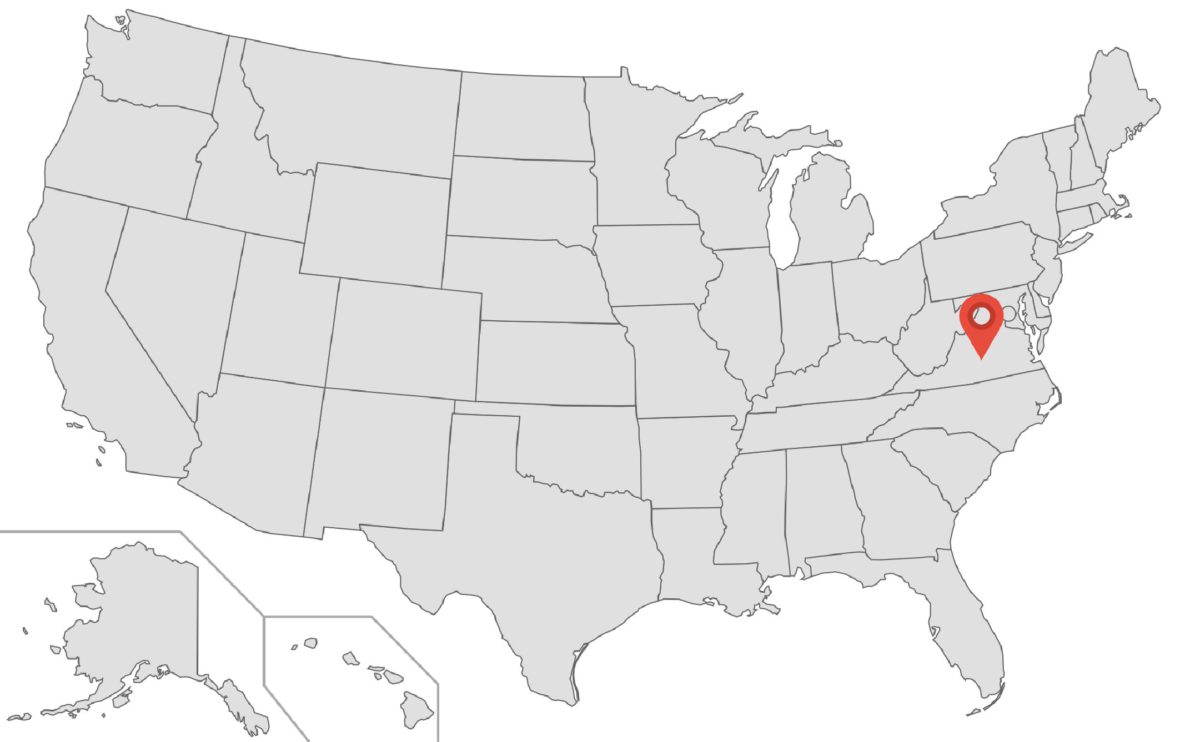There were several sessions of the 2016 SustPack conference with intersecting conversations about biopolymers, food waste, compostable packaging, and the challenges of creating infrastructure for composting and anaerobic digestion.
It was exciting to see so many professionals sharing their perspectives about the opportunities and challenges of building out this part of the carbohydrate economy. While the learning curve is steep and there is much to do to realize a circular economy for biodegradable materials, the outlook is very optimistic. More stakeholders are becoming educated and getting involved, and the conversation is getting richer and reflective of the kinds of systems thinking that will be required to achieve success. Despite the lack of infrastructure to collect and reutilize biodegradable packaging, the Biodegradable Product Institute (BPI) reported that since it introduced its label in 1999, over 5,000 products have been certified as compostable with significant growth occurring in the past five years.
During one session at SustPack,, members of the Sustainable Packaging Coalition’s Biopolymers Industry Leadership Committee were discussing the challenges inherent in manufacturing and marketing compostable packaging materials. Suppliers of compostable materials lament the lack of education and continued misperception among brands that a healthy market for bioplastics means necessarily competing with the food and fiber needs of society. These misperceptions combined with the lack of infrastructure to collect and compost food waste and packaging are depressing market growth for these materials. All members of the ILC agreed that more education and better data is required to help improve market conditions for biopolymers.
The breakout session on Tuesday entitled “Compostable Packaging” included panelists from BPI, BSI Biodegradable Solutions, Organic Waste Systems (OWS), and by Anne Bedarf, GreenBlue Senior Manager. The conversation covered a broad array of issues that influence the creation of an effective system for recycling biological nutrients:
- Immature collection infrastructure – BPI reports that fewer than 200 municipalities have source-separated organics collection programs and even fewer take compostable packaging. Municipal programs that accept compostable packaging are negatively impacted by contamination from non-biodegradable materials. Contamination continues to be a primary hurdle for growing the market for biodegradable packaging. There was agreement that the need to educate residents, restaurants, food processors, and composters about the differences between composting, biodegradation and disintegration/fragmentation will be a consistent part of the solution.
- In the long-term, third party certification and clear labeling of products through the How2Compost Label must work in tandem with state and local policies mandating and funding food waste diversion programs to successfully scale up composting.
- Transparency and broad access to reliable information is key to building a resilient system. Education, communication, and standardization (without “killing innovation” to quote Susanna Carson of Besics Packaging) will continue to be indispensable tools for sharing this information.
Certain topics were not covered in the presentations or panel discussion that may have an influence on how we reutilize biological nutrients. For example, similar to EPA’s now very familiar hierarchy of recycling: reduce, reuse, recycle; many NGOs advocate that we solve our nation’s endemic food waste problem by making all possible efforts to reduce waste at the source (one of the most valuable functions of packaging), reuse nutrients for consumption by humans or for animal feed, and then recycle the remainder to produce biogas and/or compost. While this hierarchy is perfectly logical, one wonders what impact the diversion of materials would have on the economics of anaerobic digestion and/or composting. Another potential conundrum is sorting out how we create a system that is capable of simultaneously recycling them for their material and functional value (as technical nutrients) versus their value as sources of energy and/or to build soil fertility. Ideally, the marketplace would decide which is the most economically beneficial path for “valorization”.
Lastly, as a member of GreenBlue’s staff that focuses on issues of green chemistry and effective methods for managing chemicals in supply chains more sustainably, I would like to enable industry to have the tools and information they need to ensure that the chemicals additives used in biodegradable materials does not lead to unintended adverse impacts to humans or the environment.
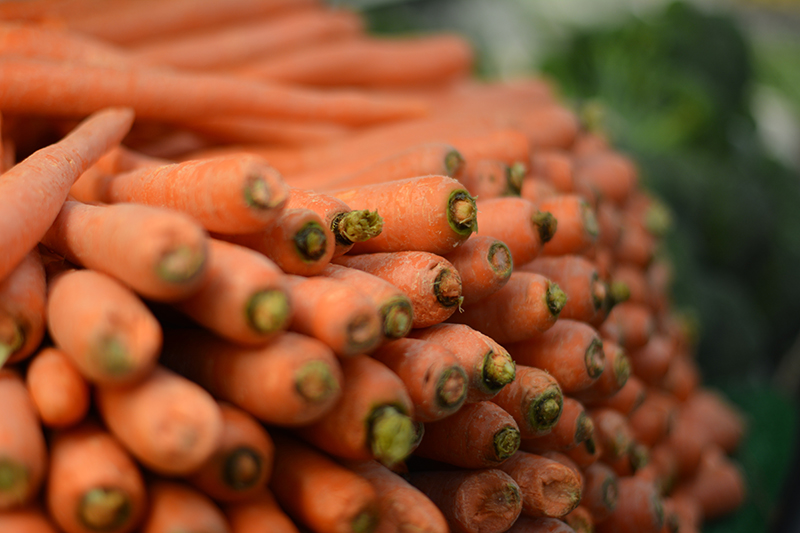
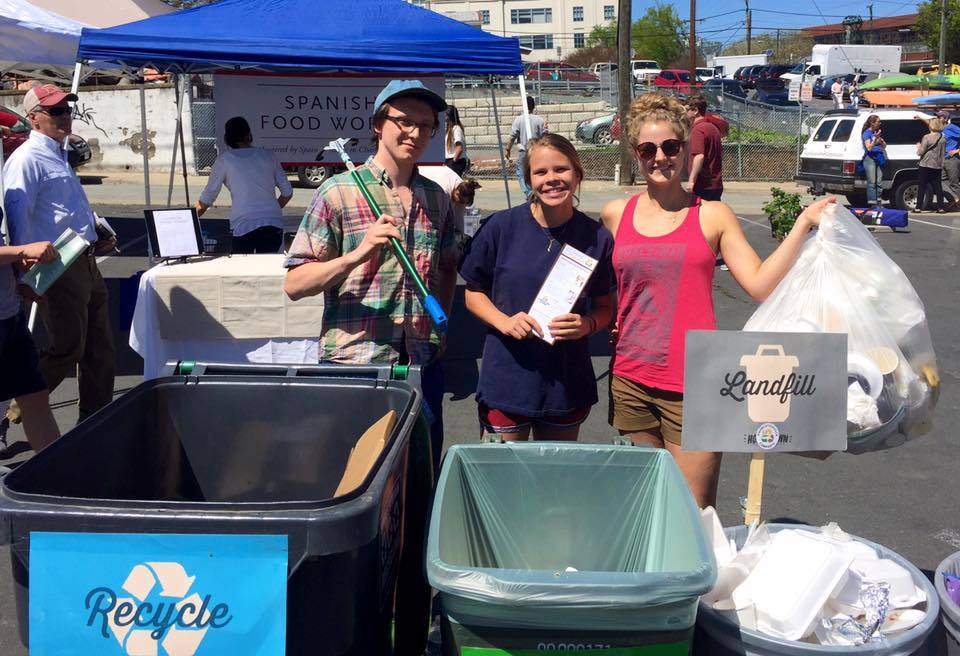


 Charlotte Dreizen joins the GreenBlue team as an intern focused on our growing composting initiatives. Charlotte comes to GreenBlue from George Washington University. Learn more about Charlotte in the interview below.
Charlotte Dreizen joins the GreenBlue team as an intern focused on our growing composting initiatives. Charlotte comes to GreenBlue from George Washington University. Learn more about Charlotte in the interview below.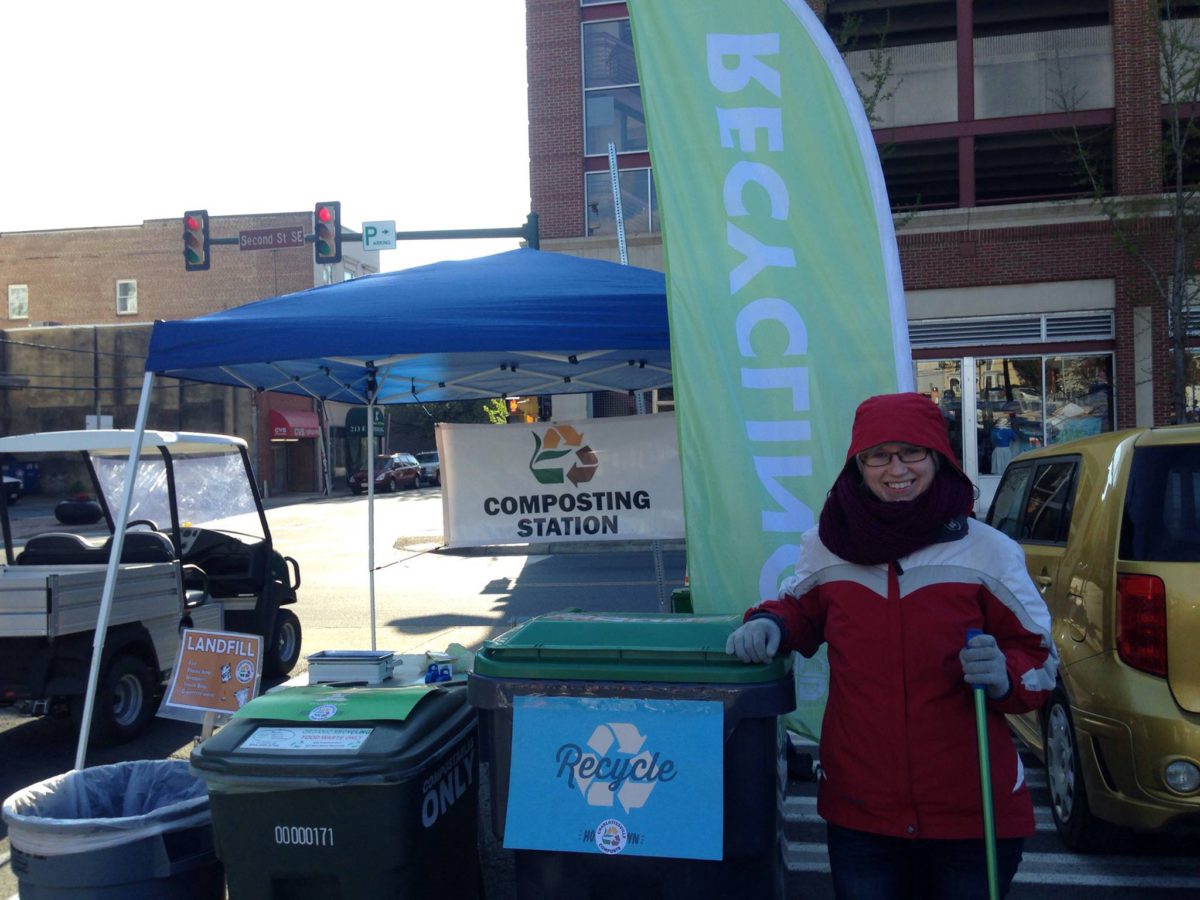
 This spring, Tesia Moore joins the GreenBlue team as an intern focused on the Charlottesville City Market Composting Program. Tesia comes to GreenBlue as graduate of Stony Brook University and Green Mission Coordinator at Whole Foods Market Charlottesville. Learn more about Tesia in the interview below.
This spring, Tesia Moore joins the GreenBlue team as an intern focused on the Charlottesville City Market Composting Program. Tesia comes to GreenBlue as graduate of Stony Brook University and Green Mission Coordinator at Whole Foods Market Charlottesville. Learn more about Tesia in the interview below.
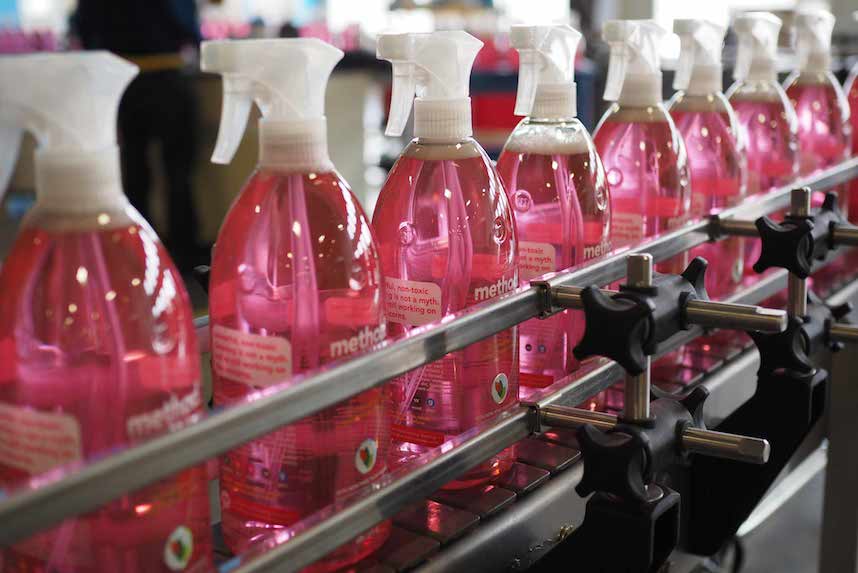









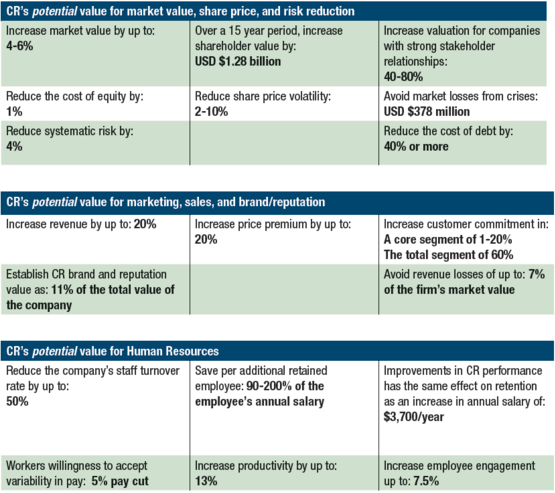
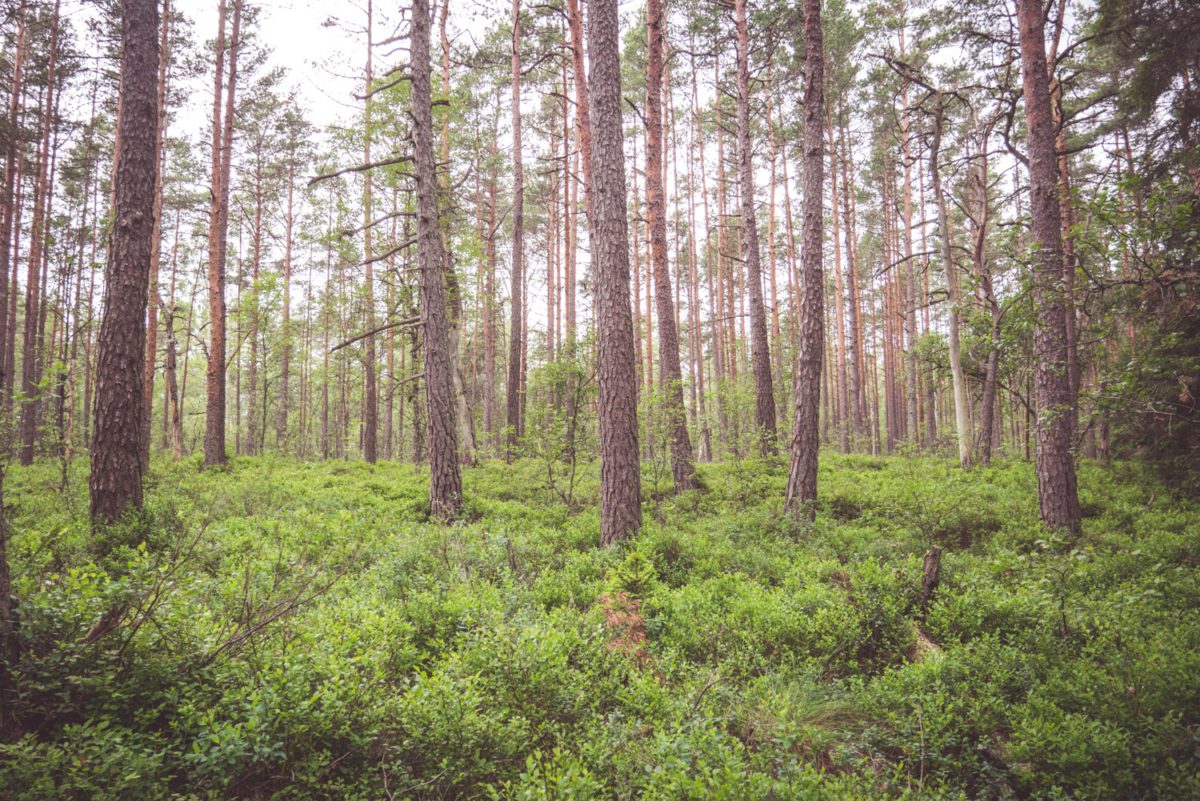
 Tell us about your background:
Tell us about your background: 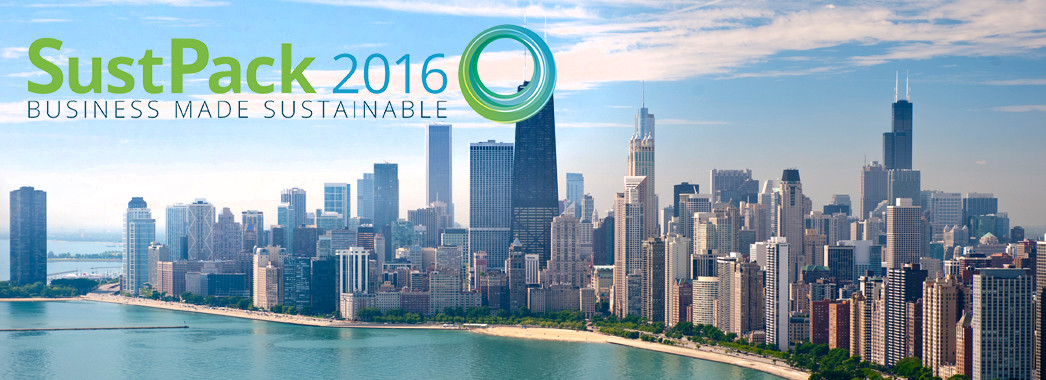
 SustPack was held at McCormick Place, Chicago from April 11-13th. Chicago was the perfect setting for a conference that acknowledges the challenges of the present, but looks to a brighter future through collaboration and innovation. SustPack brings together many key players across the packaging value chain, from manufacturers to brands and MRFs to discuss the details of their businesses and how to create a more sustainable future.
SustPack was held at McCormick Place, Chicago from April 11-13th. Chicago was the perfect setting for a conference that acknowledges the challenges of the present, but looks to a brighter future through collaboration and innovation. SustPack brings together many key players across the packaging value chain, from manufacturers to brands and MRFs to discuss the details of their businesses and how to create a more sustainable future.  In addition to the presentations, networking and breakout sessions, SustPack 2016 offered attendees interactive
In addition to the presentations, networking and breakout sessions, SustPack 2016 offered attendees interactive 